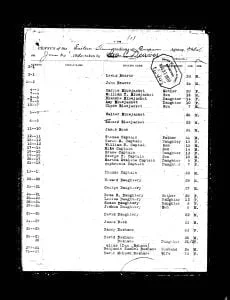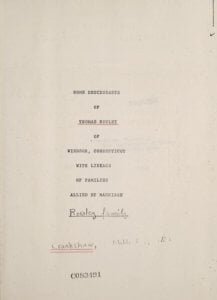Treaty of August 24, 1835
Treaty with the Comanche and Witchetaw Indians and their associated Bands. For the purpose of establishing and perpetuating peace and friendship between the United States of America and the Comanche and Witchetaw nations, and their associated bands or tribes of Indians, and between these nations or tribes, and the Cherokee, Muscogee, Choctaw, Osage, Seneca and Quapaw nations or tribes of Indians, the President of the United States has, to accomplish this desirable object, and to aid therein, appointed Governor M. Stokes, M. Arbuckle Brigdi.-Genl. United States army, and F. W. Armstrong, Actg. Supdt. Western Territory, commissioners on the part of … Read more



